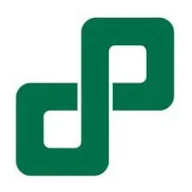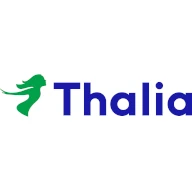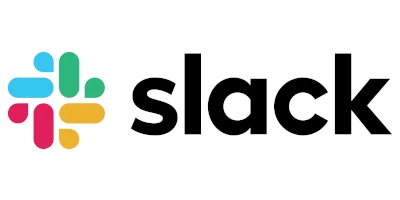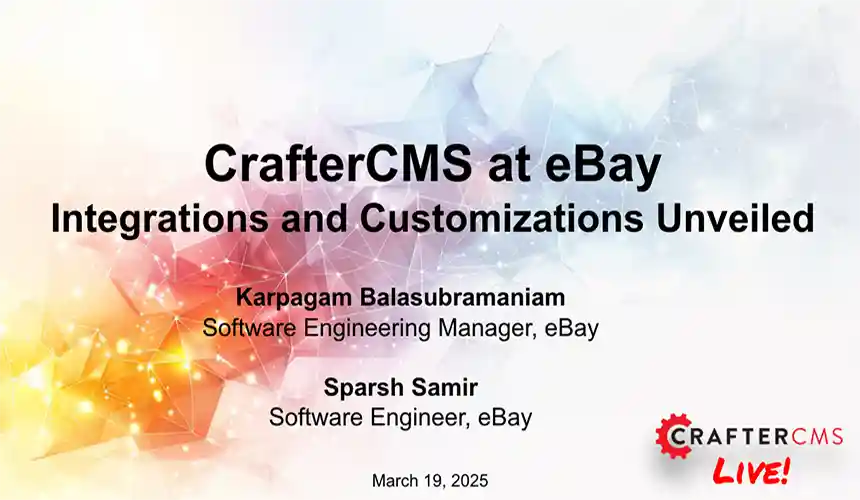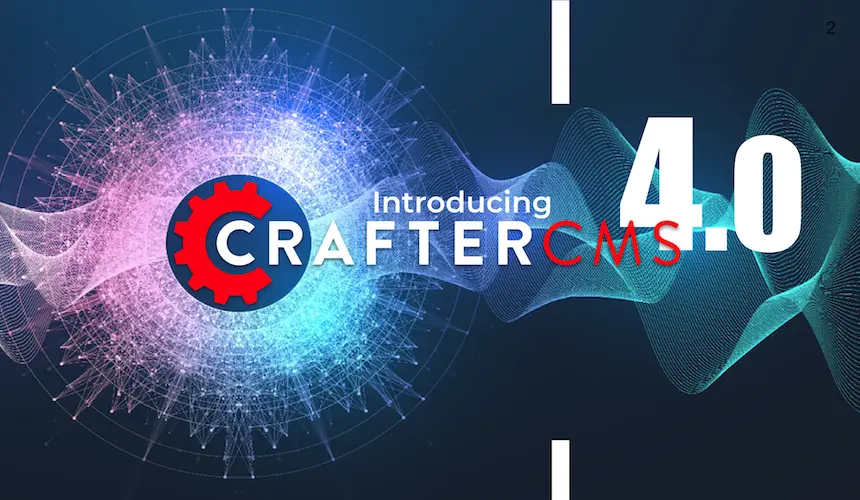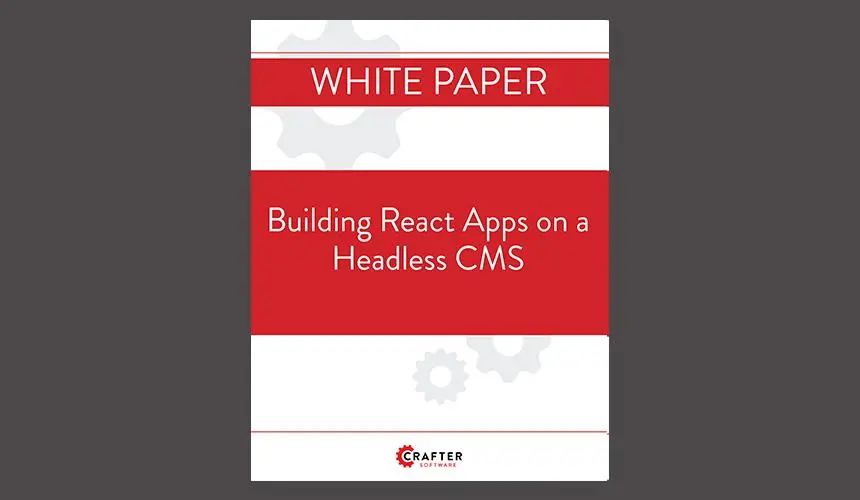Is Your CMS MACH-Ready? A Practical Guide for Enterprise Architects

Sara Williams

The Microservices, API-first, Cloud-native, and Headless (MACH) architecture has become the new guide for enterprise digital experience platforms. Whether you’re modernizing a legacy CMS, re-platforming a monolithic DXP, or building a new multi-channel experience stack, MACH principles now guide how enterprise architects evaluate technology for long-term scalability and agility.
But here’s the question most organizations are asking:
Is our CMS MACH-ready? Or are we still stuck in a pre-MACH world?
This guide helps enterprise architects, digital leaders, and technical decision-makers assess whether their CMS aligns with MACH principles, what gaps to watch for, and how MACH architectures unlock modern digital capabilities.
What MACH Really Means for a CMS
Let’s break MACH principles down in the context of a CMS/DXP.
1. Microservices: Modular, Independent, and Replaceable
A MACH-ready CMS should:
-
allow each service to operate independently
-
avoid tightly coupled back-end modules
-
enable scaling of specific components (delivery, search, indexing, workflows, vector database, etc.)
-
integrate cleanly with external best-of-breed tools
-
avoid “suite-lock” or mandatory bundled services
Red Flags That a CMS Isn’t MACH-Ready
-
A monolithic codebase where CMS, DAM, workflows, and personalization are inseparable
-
Coupled release cycles for all modules
-
Inability to replace search, analytics, or personalization engines
-
Proprietary template systems that limit front-end freedom
If the CMS requires you to "use everything together" rather than "pick only what you need," it’s not microservices-friendly.
2. API-First: Everything Accessible via Open APIs
API-first means:
-
the API is not an afterthought or a “wrapper”
-
all platform capabilities (content modeling, authoring actions, workflows, publishing, queries, permissions) are exposed through APIs
-
the platform does not require server-side rendering or proprietary frameworks
Red Flags
-
Only content delivery is API-driven; authoring or workflow actions still require a UI
-
Limited or inconsistent API coverage
-
Proprietary plugin frameworks instead of standard APIs
-
Server-side rendering dependencies (Java, .NET, PHP templating engines)
In short: If APIs are merely “bolt-on” endpoints, the system is not truly API-first.
3. Cloud-Native: Elastic, Global, and Automated
A cloud-native CMS supports:
-
containerization (Docker, Kubernetes)
-
automated scaling
-
distributed deployments (multi-region, multi-cloud)
-
serverless or stateless delivery layers
-
CI/CD pipelines and GitOps workflows
Being hosted “in the cloud” ≠ cloud-native.
Red Flags
-
Vendor requires VM-based or non-containerized hosting
-
Delivery tier maintains server-side state
-
No built-in CI/CD compatibility
-
Scaling entire clusters is required, even if the bottleneck is a single service
-
“Cloud deployment” only offered through the vendor’s proprietary hosting
True cloud-native design is about elastic scalability and operational flexibility, not geography.
4. Headless: Front-End Freedom Across All Channels
A MACH-ready CMS must be headless by design, not merely headless-capable.
That means:
-
content is delivered through APIs (REST, GraphQL, events)
-
no mandatory templating layers (although optional ones are useful)
-
no requirement to render HTML on the back-end (although optionality here is useful too)
-
freedom to use any front-end framework (React, Vue, Angular, iOS, Android, etc.)
Headless is the foundation for omni-channel digital experiences, including mobile, kiosks, apps, displays, conversational interfaces, and more.
Red Flags
-
CMS still requires you to use its server-side template system
-
Authoring tools only work for web pages, not structured content or component-based content
-
Predefined front-end frameworks (e.g., JSP, Apache Sling, PHP, or proprietary React-based “starter kits”)
If the CMS “prefers” a specific presentation layer, it’s not headless-first.
Why MACH Matters Now More Than Ever
Enterprises are moving to MACH architectures for tangible business and technical reasons:
1. Speed of Innovation
Monolithic CMSs and DXPs require:
-
long deployment pipelines
-
coupled release schedules
-
specialized developers
-
heavy infrastructure
MACH allows each component to evolve independently.
2. Best-of-Breed Flexibility
Composable stacks let you choose:
-
any search engine
-
any personalization engine
-
any commerce engine
-
any analytics tool
-
any CDN or edge routing service
-
any AI agent platform
Traditional DXPs force you into a predefined ecosystem.
3. Cost Efficiency
MACH architectures eliminate:
-
oversized monolithic clusters
-
expensive suite licenses
-
duplicated capabilities
-
forced upgrades
You only pay for the services you need.
4. Global Scale & Multi-Experience Delivery
Modern digital ecosystems require:
-
mobile
-
web
-
OTT video
-
gaming
-
IoT
-
chatbots
-
kiosks
-
in-store digital signage
-
AR/VR
Headless + cloud-native = consistent delivery across all channels.
5. AI-Driven Experiences
AI is reshaping digital experience stacks.
MACH unlocks AI-native integrations:
-
AI-assisted content generation
-
AI metadata / taxonomy automation
-
AI-powered personalization
-
RAG-based search and recommendations
- Vector database (for AI embeddings) as a built-in service
-
AI agents pre-integrated with CMS workflows
Legacy DXPs struggle to retrofit AI into monolithic platforms.
How to Evaluate Whether Your CMS Is Truly MACH-Ready
Here is a practical checklist enterprise architects can use:
Microservices
✔️ Can each service scale independently?
✔️ Can you replace built-in modules with external ones?
✔️ Is the platform free of vendor lock-in?
API-First
✔️ Are ALL capabilities accessible via open APIs?
✔️ Are APIs consistent across authoring, delivery, workflow, and automation?
✔️ Is the system fully headless, not hybrid-by-necessity?
Cloud-Native
✔️ Does the system support containerization and orchestration?
✔️ Is the delivery tier stateless and/or serverless?
✔️ Can it run across multiple regions or clouds?
Headless
✔️ Is front-end development framework-agnostic?
✔️ Are there no forced templating frameworks?
✔️ Does content modeling support multi-channel reuse?
If a CMS fails any of these categories, it’s not MACH-ready.
Why Many Legacy DXPs Fall Short
Legacy CMS and DXP platforms like often miss MACH readiness because:
-
They were built 15–20 years ago for web pages, not multi-experience delivery
-
Their architectures were monolithic from the beginning
-
API-first was added later, not foundational
-
Cloud-native capabilities are incremental retrofits
-
Vendor ecosystems rely on proprietary extensions
-
Scaling requires large, stateful clusters
-
DevOps workflows are constrained by slow, coupled subsystems
-
AI integration is bolted-on rather than native
These systems can appear MACH-ish, but the underlying architecture remains pre-MACH.
CrafterCMS: A MACH-Ready CMS for the Modern Enterprise
While this guide is not vendor-specific, it’s worth highlighting how CrafterCMS aligns with MACH principles, because it was built with these concepts from the ground up.
Microservices
CrafterCMS adopts a modular architecture where the content authoring system, content authoring/editing app, content delivery system, search, and other services are independently deployable and replaceable.
API-First
CrafterCMS exposes APIs for every platform capability (content modeling, authoring, workflows, publishing, automation, DevContentOps) making it fully extensible and automation-friendly.
Cloud-Native
Crafter Engine is stateless, serverless-friendly, multi-region ready, and built for distributed, low-latency global delivery.
Headless
CrafterCMS provides pure headless content delivery while still offering an industry-leading in-context authoring experience for marketers and editors. It also provides a fully-decouple, headless content authoring platform for tailoring editing experiences to different users and roles.
Together, these capabilities make CrafterCMS one of the most fully MACH-aligned platforms available, without sacrificing enterprise-grade tools for content teams.
Conclusion
MACH is the architectural foundation for modern digital experiences. Enterprise architects evaluating CMS modernization need to look beyond vendor marketing and assess whether their platforms truly support microservices, API-first operations, cloud-native deployments, and headless delivery.
For organizations ready to move beyond the limitations of legacy monolithic DXPs, MACH offers the agility, scalability, and extensibility required to support the next decade of digital innovation.
Learn More
To learn more how CrafterCMS's MACH-based architecture benefits enterprises, read our Customer Case Study: Cloud-Native Digital Experiences at Momentum Financial.
Related Posts

Composable DXP vs Traditional DXP: Why Enterprises Choose CrafterCMS

Amanda Jones

Connecting Content and Campaigns: Integrating CrafterCMS with Salesforce Marketing Cloud

Sara Williams

From Content Author to AI Co-Creator: The Next Evolution of CMS Workflows with MCP

Amanda Lee

Building Resilient Digital Experiences: Multi-Region Deployment Strategies with Crafter Cloud on AWS

Sara Williams
